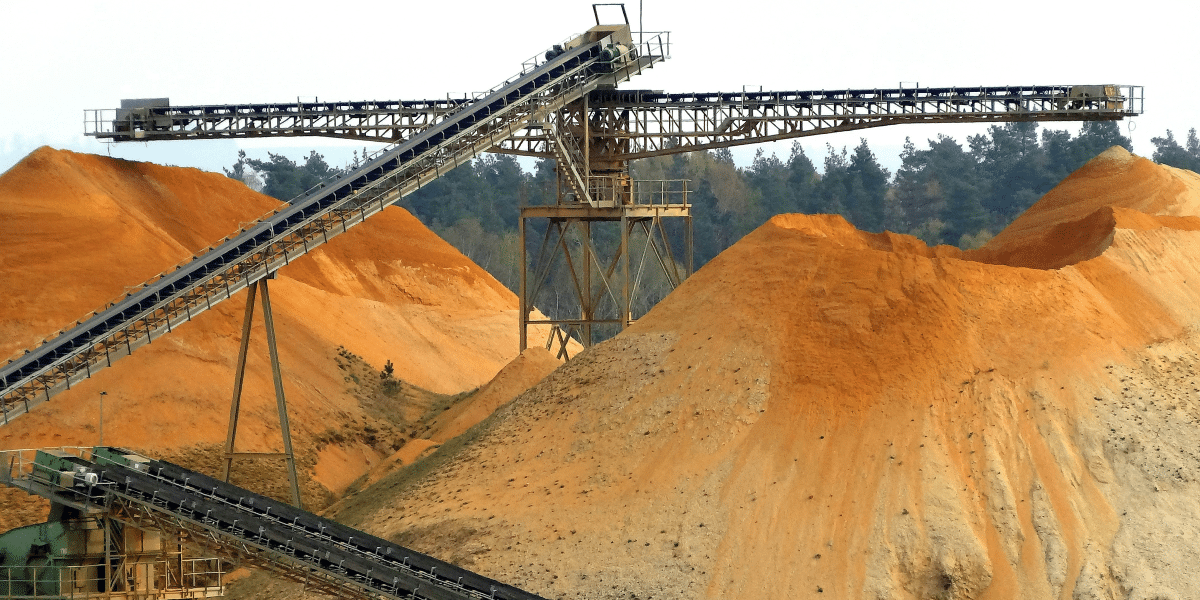Raw material processing refers to the type of operations or methodologies that help transform basic substances or commodities into finished goods. This manufacturing process plays a vital role in creating the products that individuals depend upon and use in everyday life. From electronics to food, virtually all consumer goods undergo this initial processing long before reaching the final customer. Because raw material processing has a direct impact on production efficiency and maximum return on investment, it is helpful to understand the high-quality machinery or techniques used during this phase of manufacturing. A look at three main types of raw material processing equipment deployed or implemented during raw material processing can provide insight into one of the most significant stages of production.
1- Crushers
Crushers are types of processing equipment that break down large or dense raw materials into smaller and more manageable parts for manufacturing or resale. Industries that use crushers include mining, construction, demolition, recycling, aggregate plants, and chemical engineering. For example, miners may collect, quarry, or extract large materials from underground that may be too large or cumbersome to sell in their natural state. A crusher can reduce the raw material into smaller pieces for more profitable resale.
The construction industry may use crushers to break raw materials into certified coarse aggregates for use in the production of concrete, asphalt, or gravel. Crushers can also help process large pieces of glass or aluminum for recycling and pulverize raw solids for use in chemical engineering labs. Manufacturers can use primary and secondary crushers. Primary machines include impact crushers that use mechanical force to split materials or jaw crushers that use a hinged design to smash the largest materials. Secondary machines like cone crushers reduce the work of primary machines into even smaller parts for more practical use.
2- Screeners
Screeners separate raw materials into sections based on different sizes. These machines can work with both organic and inorganic raw materials. Screeners help ensure that the final product is the right size, shape, and quality. Industries that use screening include mining, food processing, agriculture, and recycling. For example, an industrial farmer may use a screener to separate seeds, nuts, or corn kernels from husks and shells. Manufacturers use screeners by feeding raw material into the machines and using the machinery’s vibration setting to move the material across the screens. Smaller materials pass through openings in the screen while larger particles remain on top. The manufacturer can then collect the separated materials through different outputs for usage or resale. Screening helps ensure consistent results each time.
3- Conveyors
Conveyors are machines that move items from one location to another. In raw material processing, conveyor equipment is important because it is a practical way to accommodate large, heavy, and bulky goods. Conveyors can improve efficiency by moving items quickly, promote safety by lowering risky reliance on manual labor, and reduce expenses that would otherwise go to traditional transportation like trucks or fuel. Industries that use conveyor systems include food processing, pharmaceuticals, paper manufacturing, mining, and recycling.
Handling raw materials is usually one of the first steps in operating a commercial enterprise. Whether you are overseeing a supply chain or need improved machines for a new project, high-quality equipment can make your project a resounding success.
Published by: Josh Tatunay






